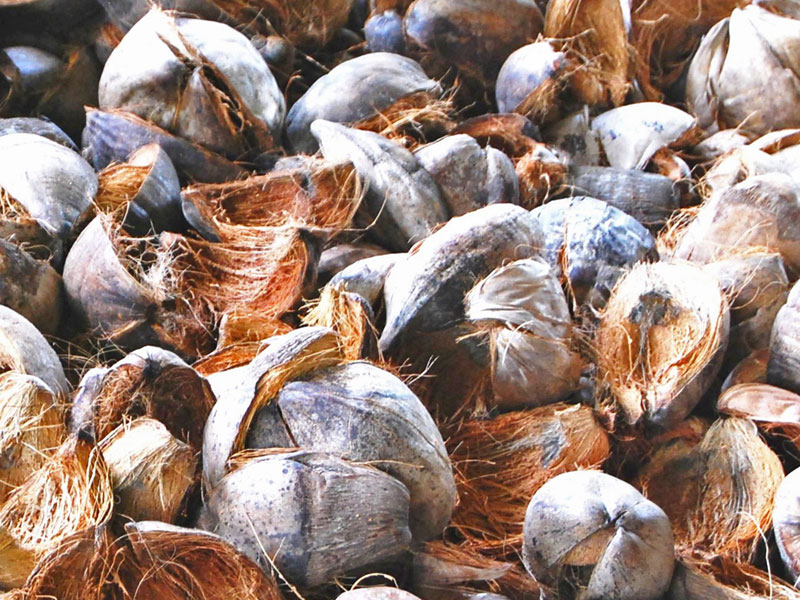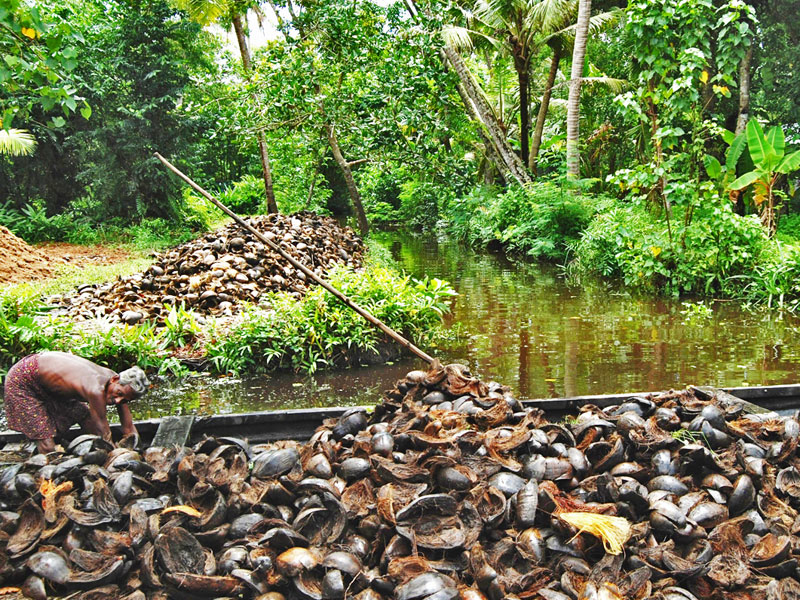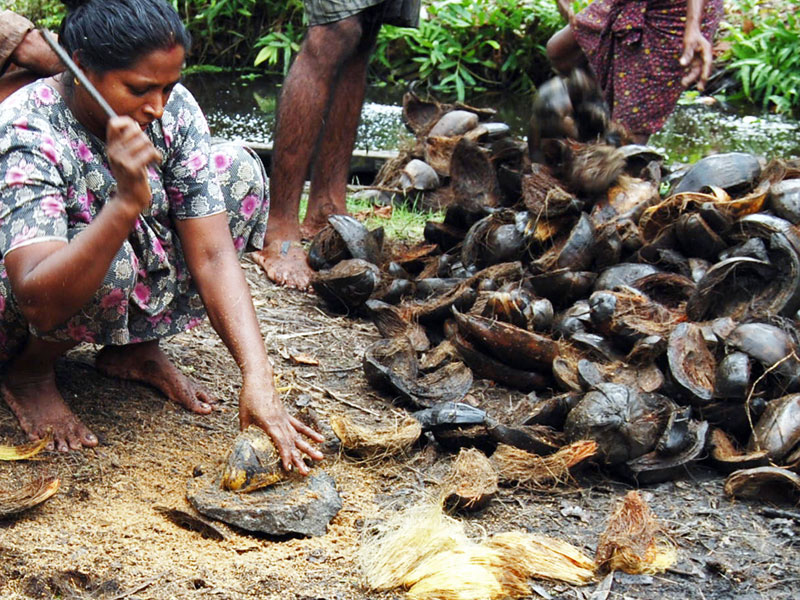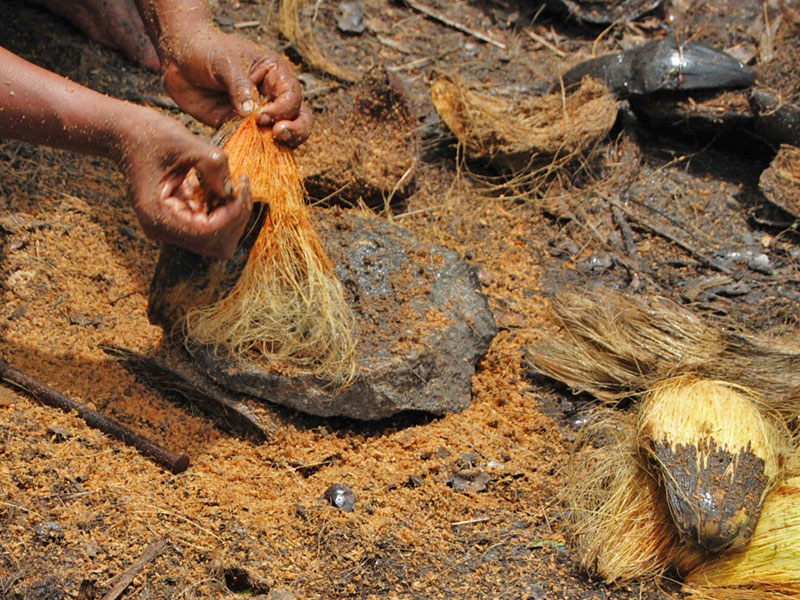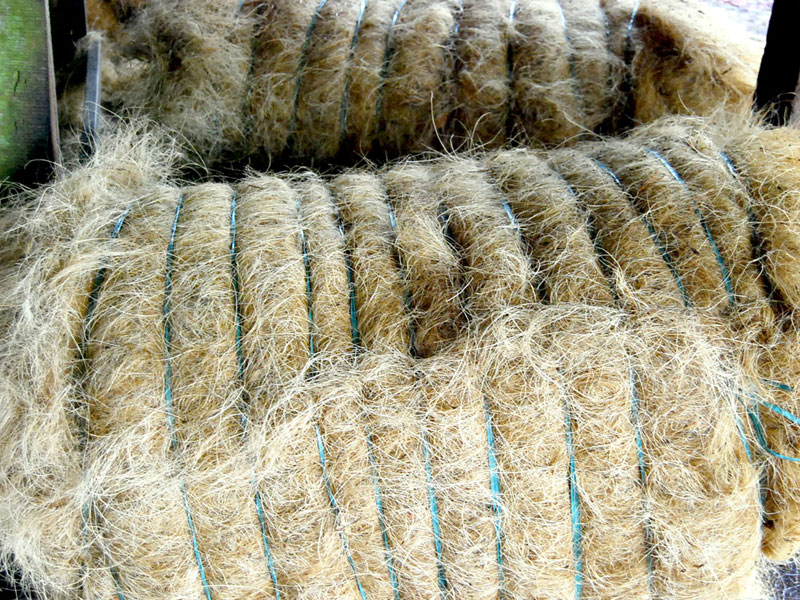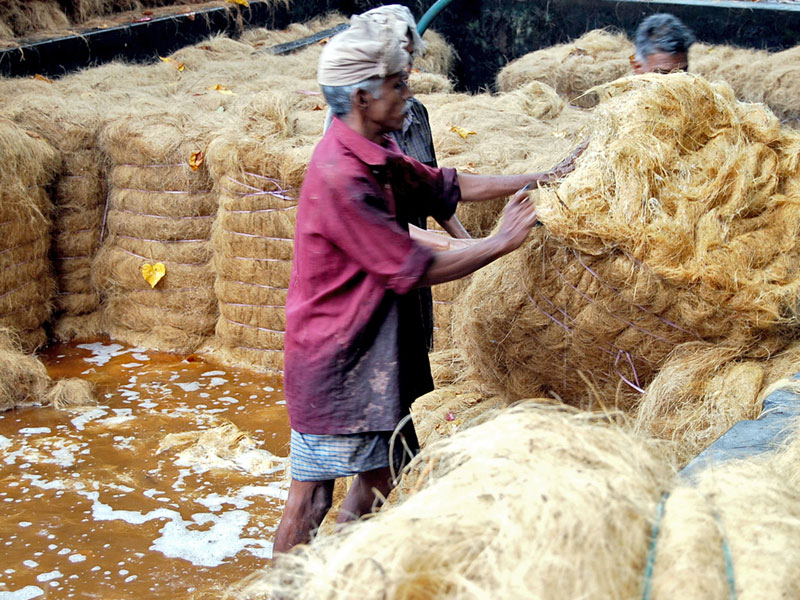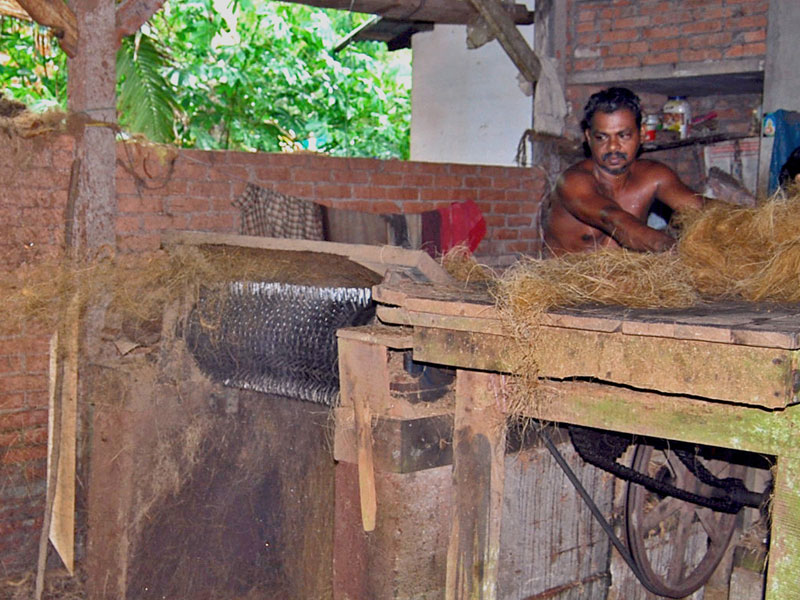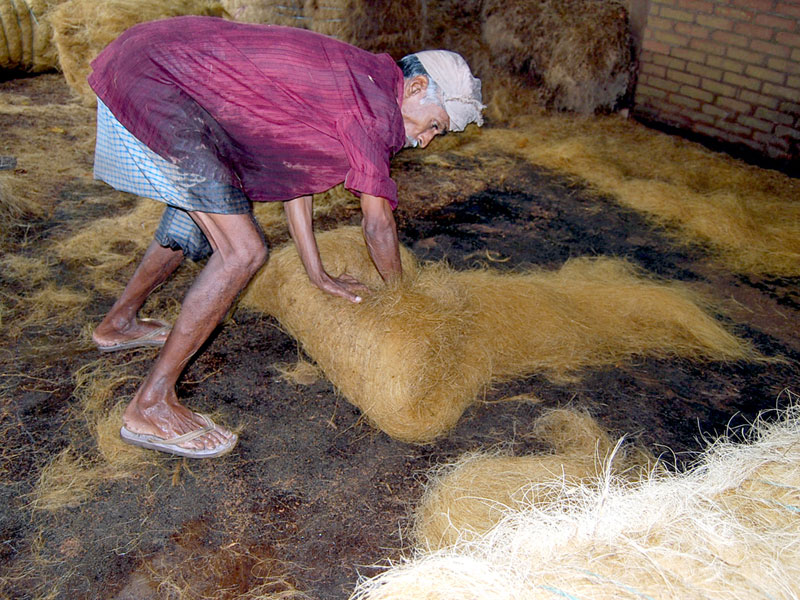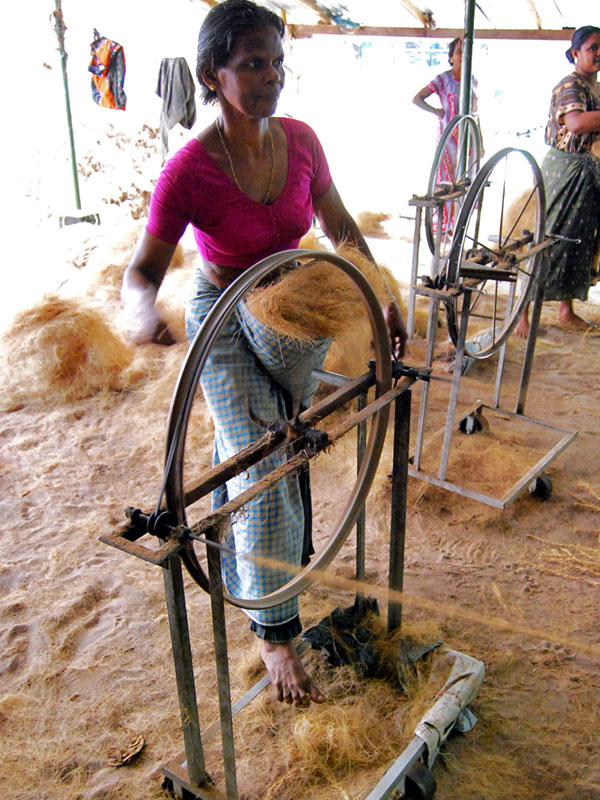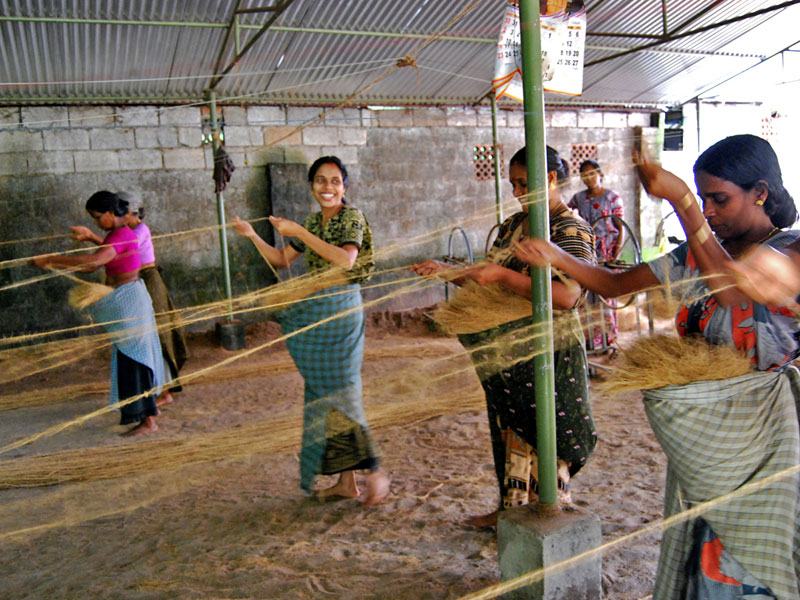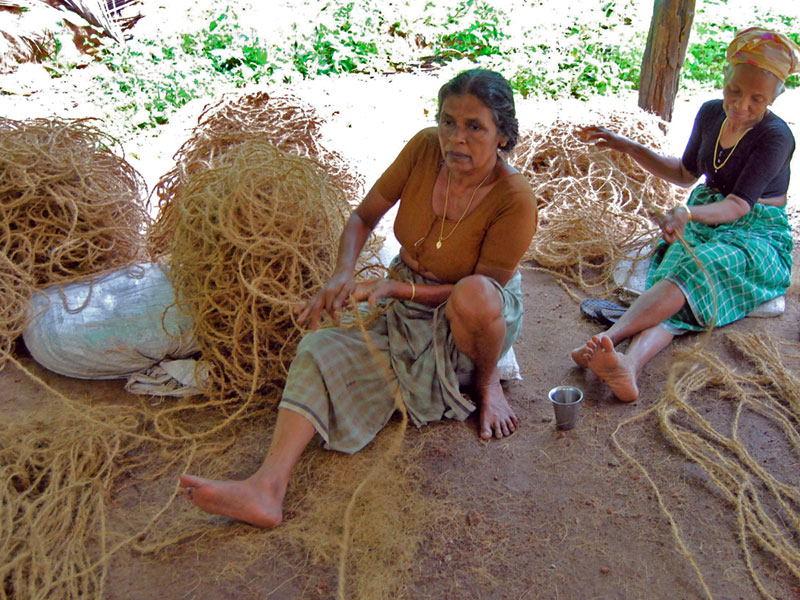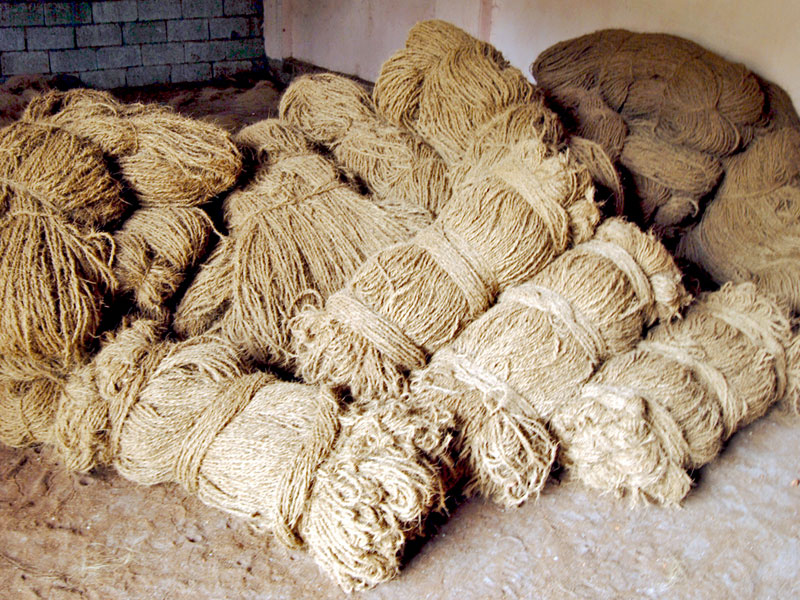Design Gallery
Twine for Mat Making
The Craft of Making Mats
by
The twine is made traditionally by the people of Alleppy. The process of making the twine is widely carried on by the women, whereas, the men folk mainly work on the machinery, transportation and weaving process. Kerala produces a great variety of products made out of coir as a raw material. The coir fiber is elastic and flexible to twist without breaking and it holds a curl as though permanently waved. The reeled twine is used for warping.
For more details: http://www.dsource.in/resource/coir-craft-kerala












